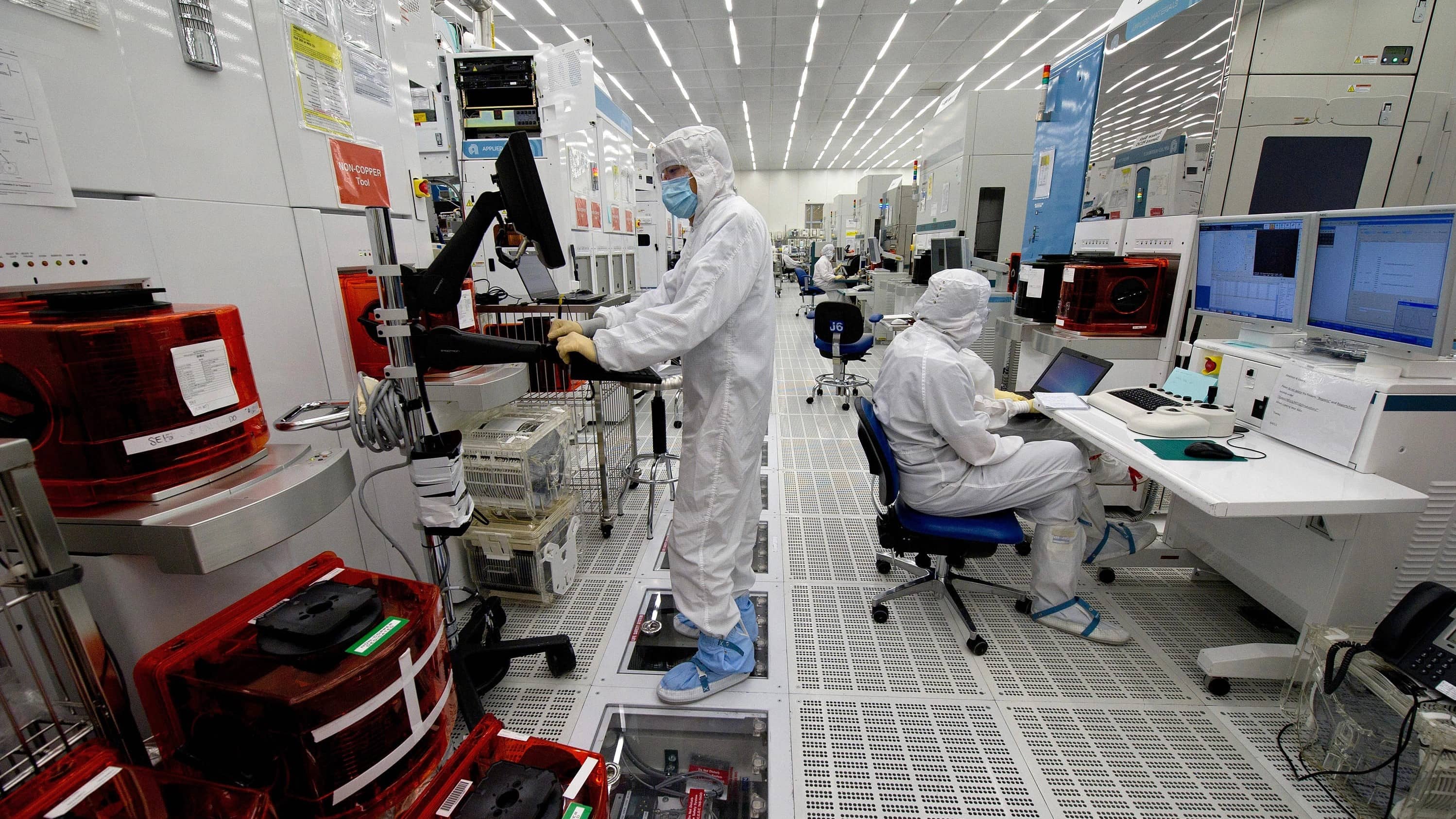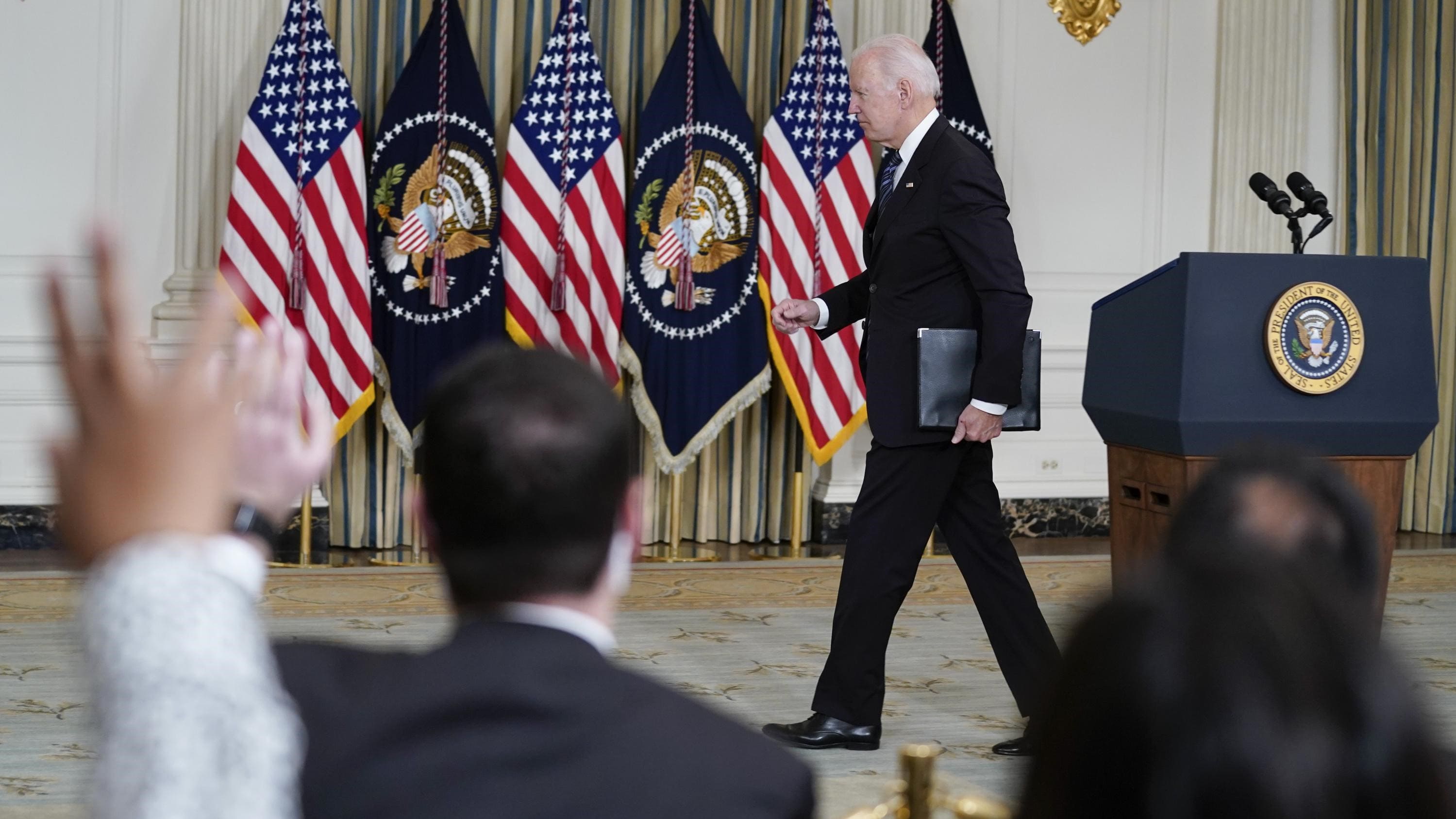Published 14 February 2023
US Secretary of State Antony Blinken’s scheduled visit to Beijing was shot down over the spy balloon contretemps. The fallout from the non-meeting does however provide an opportunity to assess where the US-China relationship seems to be headed and to gauge the success of the Biden administration’s China strategy.
Invest, align, and compete
Blinken outlined the Biden Administration’s much anticipated China strategy in a public speech in May last year. Blinken articulated an approach to China built on three prongs: invest, align, and compete.
The “invest” pillar of the strategy calls for the US to make substantial investments in cutting-edge industries crucial to economic and strategic preeminence. The “align” pillar focuses on cooperating with partners that share a common vision for the Indo-Pacific. The “compete” pillar identifies economic, strategic, and philosophical ways the US should challenge and compete against China. This competition, according to Blinken, is not intended to isolate China but rather to uphold the global rules-based system that enabled China’s rise.
While it is still far too early to pronounce success or failure, several tactical missteps are throwing sand into the gears of the US strategy.
A mismatch between words and action – otherwise known as ‘hypocrisy’
Hypocrisy, either among individuals or countries, is rarely constructive. The effectiveness of Biden’s China strategy has been undermined by frequent instances in which the words spoken by US officials diverge from actions and policy measures.
This has been especially true when it comes to rallying (i.e., aligning) third countries behind the US approach. Blinken and other senior administration officials have consistently proclaimed that the US has no interest in forcing third countries to “choose” between the US and China. Yet it has become obvious that this is precisely what the US is doing. Countries which choose Huawei to build 5G networks or other telecom infrastructure find themselves with a more complicated relationship with the US. Countries which choose to facilitate China’s access to cutting-edge semiconductor tools or technologies will jeopardize their own access. The Dutch and Japanese governments probably felt that they were forced to choose between sales in China for ASML and Nikon or smooth relations with Washington.
It would be a mistake to think this “forced to choose” dynamic applies only to the high-tech sector. The Japanese company which owns the US maker of Jim Beam bourbon was also told to potentially expect regulatory headaches based on where it establishes a joint venture headquarters.
This has not played well, especially in East Asia, where trade and investment links to China are substantial and national interests are best served by avoiding a definitive tilt toward one side or the other. For third countries caught in the middle, the smartest thing to do is dissemble. Tell Washington what it wants to hear today, then signal to Beijing tomorrow how deep and vital the Chinese relationship is.
US officials have also been vociferous in criticizing the various ways in which China’s trade policies have run roughshod over World Trade Organization rules and undermined the integrity of the rules-based global trade system – which the Biden policy pledges to defend. Most of the US’ criticisms are valid. Yet these same officials apparently see no contradiction when the US ignores unfavorable WTO rulings or takes unilateral actions outside the WTO framework.
To be clear, the real problem is not necessarily the US approach. The US assessment that the WTO is incapable of remedying China’s most egregious trade practices is accurate. But if the US is ignoring the WTO, criticisms of China for its WTO-compliance shortfalls will only smack of hypocrisy. Self-righteousness over the WTO is not helping the US cause. Far better to make the case for why the US feels it has no alternative but to forsake the organization it was instrumental in creating.
Tone deafness and extraterritoriality
The US has been clear in articulating what it wants from its partners – essentially to join a US-led posse to push back against Chinese conduct, policies, and practices which threaten the stability of the rules-based global system. The US has not done as good a job in listening to what its partners want, or their viewpoints on how to best manage China’s rise.
While many US concerns about China’s rise are shared in Europe and East Asia, not everyone is eager to follow exactly where the US wants to lead. For many ostensible US partners, the “align” prong of the US strategy feels more like “do what we tell you to do”. This has been especially true when it comes to the extraterritorial application of US measures targeting China.
The US has taken or is considering a series of executive or legislative actions to counter what it sees as the threat from China. Fair enough. As a sovereign entity, the US has every right to do so. But the US has gone considerably further by attempting to have some of these measures – particularly export controls on sensitive technologies – applied on an extraterritorial basis.
The US effort to persuade, entice, or threaten partners into applying US rules on China may or may not ultimately succeed. In any case though, this extraterritoriality is abrasive to countries that the US is otherwise attempting to woo. Jointly developing policies rather than presenting partners with a “take it or leave it” fait accompli would go over a lot better.
Can US industrial policy succeed?
Perhaps the boldest policy initiative of the Biden Presidency thus far has been its full-on embrace of industrial policy. The CHIPS Act provides billions of dollars in subsidies to encourage the establishment of semiconductor facilities in the US. The comically mistitled Inflation Reduction Act subsidizes the development of green industries in the US. These programs are the most tangible manifestation of the “invest” prong of the Biden administration’s China strategy. These programs insert government bureaucrats – along with their checkbooks – into the heart of industries that will largely determine the US’ economic future. There are sharp divergences of opinion over whether this is smart.
In the view of industrial policy proponents, China has dramatically closed the technology gap with shocking alacrity, thanks to intellectual property theft, predatory trade practices, and massive industrial subsidization. Under these circumstances, attempting to compete against China on a free-market basis would be a losing proposition that would simply cede US technological preeminence to China. That cannot be permitted. Government intervention, along with billions of dollars in subsidies, will allow the US to compete and win. Beyond the competition with China, proponents also point to the unsustainability of the US being dependent on precarious foreign-based supply chains to deliver critical products. One way or the other, they feel, more production needs to take place in the US. It is also often pointed out that, contrary to common perception, US history is replete with examples of successful industrial policy.
In the view of its opponents, subsidization on this scale will be nothing other than a pork-barrel bonanza that will result in deeply damaging production and investment inefficiencies. Production of semiconductors is an immensely complex undertaking which by definition requires the participation of multiple countries. Attempting to wall off the US will only result in a compromised ability to innovate, and lost sales and competitiveness for US companies. Its primary achievement will be expanding the US budget deficit – something which will significantly hamper the US’ ability to successfully compete with China. Furthermore, according to this view, these massive subsidies are creating significant frictions with the US’ most important trade partners. Even if the policy succeeds, will it be worth the cost if it creates a major breach with the European Union? So much of Biden’s China strategy depends on the US working hand in glove with the EU.
The only thing proponents and opponents share is a complete inability to know whether or not the policy will succeed. Either way, the US-China competition will be significantly shaped by the US foray into industrial policy.
Where are we headed?
The Biden administration’s China strategy has more or less correctly identified the challenges but is hampered by tactical blind spots in execution. That’s not to say the strategy cannot ultimately prove to be effective. Much will ride on the nimbleness of the administration and its ability to make adjustments as China and other countries react and respond. A bit less hypocrisy and a bit more collaboration would probably go a long way. China, for its part, has not played its cards perfectly, antagonizing regional partners with its heavy-handedness, and making abrupt policy U-turns on zero Covid and the crackdowns on its own tech sector.
Perhaps the most salient takeaway from the spy balloon saga is that neither side feels it is in a particularly strong position at the moment. Attempting to calm the seas – at least for now – serves the best interests of both. The spy balloon triggered a spate of subsequent observations and takedowns of “unidentified aerial phenomena” in American skies. Unless these “phenomena” prove to be China-related and further inflame tensions, expect the Blinken visit to be rescheduled as soon as is practical and for the focus to be on reestablishment of a more “constructive” tone. It would be a mistake however to draw overly optimistic conclusions from any positive atmospherics. Nothing has materially shifted in the fundamental dynamics that have set these two countries on a confrontational path.
© The Hinrich Foundation. See our website Terms and conditions for our copyright and reprint policy. All statements of fact and the views, conclusions and recommendations expressed in this publication are the sole responsibility of the author(s).






